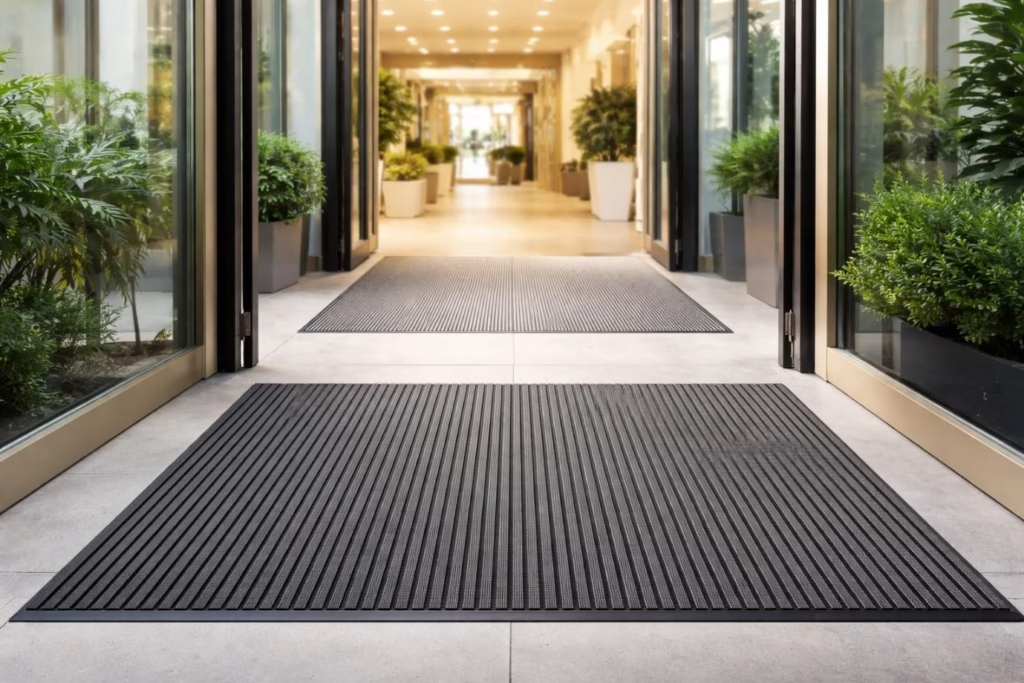A well-organized kitchen is essential for efficiency and peace of mind, especially when it comes to storing bowls. The storage of these kitchen essentials that are versatile in size, shape, and material can be a unique challenge. If you use bowls for mixing, serving, or everyday dining, organizing and storing them can make your kitchen more functional, extend the lifespan of your dishes, and save space. In this guide, we’ll look at how to organize and store bowls so your kitchen stays neat and at your fingertips.
- Declutter Before You Begin
To get started, declutter. Look at your collection and see what you really need. Do you have chipped, cracked, or broken bowls? Prevent accidents by discarding them. Do you have duplicates or bowls you don’t use much? If they are sentimental, consider donating or storing them away. This means your collection is streamlined to only have functional, frequently used items taking up kitchen space. This is the first step towards an efficient organization system.
- Categorize Your Bowls
Once you have decluttered, categorize your bowls by their purpose. Separate mixing or serving bowls from daily-use bowls like cereal, soup, or salad bowls if you are going to use them daily. You can even have special-purpose bowls like ramekins or dip bowls with their own space. It allows you to group bowls by their type so that you know where to look for what you need, and they have a place to go. Not only does this system save time while meal prepping, but it also keeps your kitchen orderly.
- Select an Accessible Storage Spot
The location of bowl storage is just as critical as the organization. Keep the store bowls you use most often in easy-to-get areas, like lower shelves or cabinets close to your cooking and dining areas. For instance, you should keep mixing bowls near your prep station, and serving bowls may be better placed.
- Maximize Vertical Space
Unused vertical space in kitchen cabinets can be leveraged with clever storage solutions. Saving space is as simple as stacking bowls, but only by size. Shelf risers or adjustable cabinet dividers will help you avoid tipping or breaking. These tools add extra layers to your cabinets, so you can place smaller bowls on one and larger ones on another. Undershelf baskets can also be used for lightweight items like ramekins, and every inch of space can be used.
- Drawer Organization for Bowls
Deep drawers in your kitchen can be a great place to store bowls. Nonslip mats keep drawers from sliding around, and drawer dividers keep bowls separated by size or type. This is a quick and easy way for daily use of bowls. If you have a big collection, think about fitting roll-out trays or pull-out shelves in cabinets to get the same level of accessibility.
- Open Shelving Ideas
Modern kitchens love open shelving for both its functionality and its beauty. If you want to keep them on open shelves, put them in an aesthetically pleasing way by color, material, or size. Decorative bowls can serve as display pieces, too, and make your kitchen decor more charming. But in terms of practicality, you should place bowls used most often in front for easy reach and leave higher or less accessible spots for decorative or occasional use items.
- Protecting Your Bowls
Storage isn’t just about organization, it’s also about protecting your bowls. For example, glass and ceramic bowls can chip or scratch if stacked carelessly. To prevent damage, place soft liners or felt pads between them. Stacking plastic bowls too tightly will warp over time. Store heavier bowls on sturdy shelves that can support their weight without risk of collapse.
- Seasonal and Infrequently Used Bowls
If you only use certain bowls for special occasions or seasons, it’s a good idea to keep them apart. High shelves or storage boxes are perfect for these items. Label the storage containers so you know which one to pull out for the bowls. Fragile pieces are also protected by protective covers or bubble wrap. This method allows for your primary kitchen areas to be free to use regular-use items while your seasonal bowls are safe and available when needed.
- Creative Storage for Small Kitchens
If you have limited space in your kitchen, you can use creative solutions to make the most of your space and organize and store bowls. The lids or the bowls can be hung on wall-mounted racks or hooks, freeing up cabinet space. Kitchen islands with storage also provide you with extra space for your collection. Overhead storage on pot racks can be adapted to large bowls as well. A small space requires ingenuity and with a little guidance, even the smallest of kitchens can be well organized.
- Keeping the System Functional
There are also times when we need to reorganize what should be in the kitchen. However, the way you store your bowls can change according to your needs. Regularly declutter your collection by discarding items that are no longer useful or even in good condition. If you’ve bought new kitchen gadgets or even reorganized other areas of your kitchen, it’s time to reevaluate your storage methods and make needed adjustments. It is a flexible, evolving system that allows you to keep your organization’s efforts effective over time.
11. Utilize Transparent Storage Solutions
Transparent storage solutions, such as clear bins or glass-front cabinets, can be a game-changer when organizing your bowls. These options allow you to quickly see what’s inside without having to dig through stacks or open multiple containers. Transparent bins are especially useful for grouping smaller bowls or ramekins, keeping them neat and easy to locate. If you opt for glass-front cabinets, they also add a touch of elegance to your kitchen, showcasing your bowl collection while keeping it protected from dust and grime. This method enhances both functionality and aesthetics, making your kitchen organization system even more efficient.
Conclusion
Organizing and storing bowls is one of the most important parts of a functional and enjoyable kitchen space. Categorizing, decluttering, and using smart storage tools will simplify your daily tasks and make your kitchen more inviting. These strategies can be applied to working with a big space or a small space.






